Skoda Fabia vs Toyota Proace City – Performance, range & efficiency compared
Both models have their strengths – but which one suits you more?
Compare performance, efficiency, price and space directly: Skoda Fabia or Toyota Proace City?
Costs and Efficiency:
Looking at overall running costs, both models reveal some interesting differences in everyday economy.
Skoda Fabia has a clearly perceptible advantage in terms of price – it starts at 16900 £, while the Toyota Proace City costs 20800 £. That’s a price difference of around 3921 £.
Fuel consumption also shows a difference: Skoda Fabia manages with 4.90 L and is therefore minimal more efficient than the Toyota Proace City with 5.30 L. The difference is about 0.40 L per 100 km.
Engine and Performance:
Power, torque and acceleration are the classic benchmarks for car enthusiasts – and here, some clear differences start to show.
When it comes to engine power, the Skoda Fabia has a hardly perceptible edge – offering 150 HP compared to 136 HP. That’s roughly 14 HP more horsepower.
In acceleration from 0 to 100 km/h, the Skoda Fabia is clearly quicker – completing the sprint in 8 s, while the Toyota Proace City takes 11.50 s. That’s about 3.50 s faster.
In terms of top speed, the Skoda Fabia performs a bit better – reaching 222 km/h, while the Toyota Proace City tops out at 186 km/h. The difference is around 36 km/h.
There’s also a difference in torque: Toyota Proace City pulls somewhat stronger with 300 Nm compared to 250 Nm. That’s about 50 Nm difference.
Space and Everyday Use:
Beyond pure performance, interior space and usability matter most in daily life. This is where you see which car is more practical and versatile.
Seats: Toyota Proace City offers noticeable more seating capacity – 7 vs 5.
In curb weight, Skoda Fabia is somewhat lighter – 1143 kg compared to 1366 kg. The difference is around 223 kg.
In terms of boot space, the Toyota Proace City offers decisively more room – 912 L compared to 380 L. That’s a difference of about 532 L.
In maximum load capacity, the Toyota Proace City performs clearly better – up to 2693 L, which is about 1503 L more than the Skoda Fabia.
When it comes to payload, Toyota Proace City clearly takes the win – 869 kg compared to 437 kg. That’s a difference of about 432 kg.
Who comes out on top?
Overall, the Toyota Proace City shows itself to be leaves the rival little chance and secures the title of DriveDuel Champion.
It convinces with the more balanced overall package and proves to be the more versatile choice for everyday use.
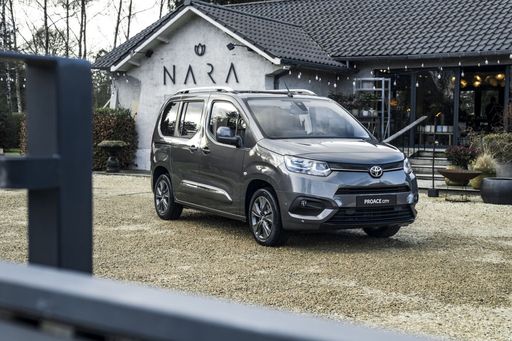
Toyota Proace City
Skoda Fabia
The Skoda Fabia presents itself as a practical and stylish hatchback, perfect for urban driving and beyond. Its interior is designed with comfort and functionality in mind, offering ample space and intuitive controls. With a focus on efficiency, the Fabia provides a smooth driving experience, complemented by its crisp and modern exterior design.
details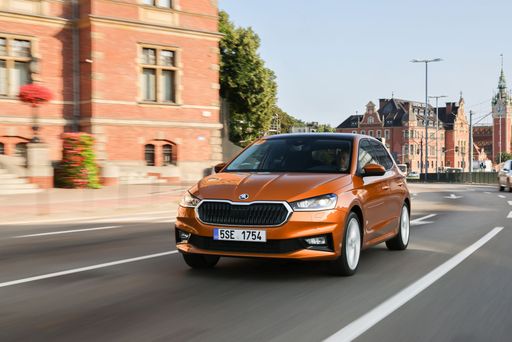 @ Skoda Presse Deutschland
@ Skoda Presse Deutschland
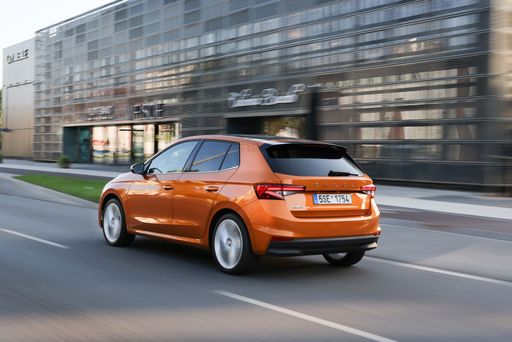 @ Skoda Presse Deutschland
@ Skoda Presse Deutschland
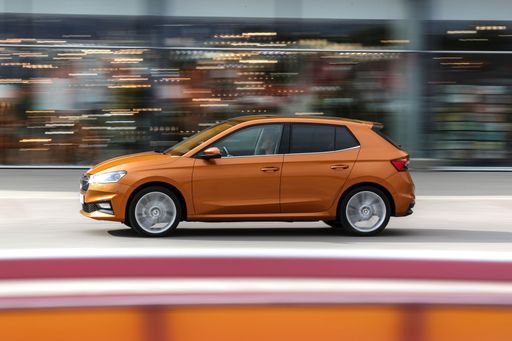 @ Skoda Presse Deutschland
@ Skoda Presse Deutschland
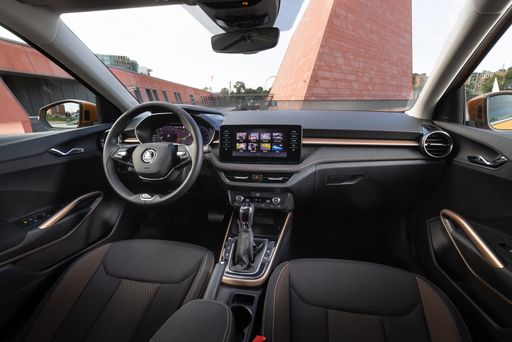 @ Skoda Presse Deutschland
@ Skoda Presse Deutschland
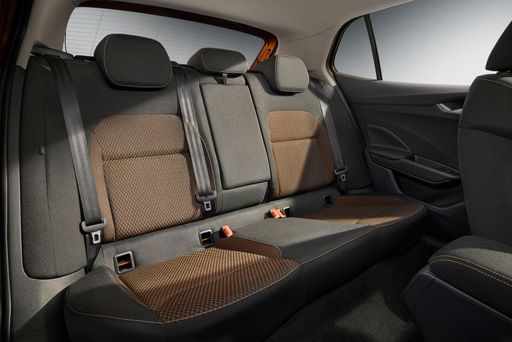 @ Skoda Presse Deutschland
@ Skoda Presse Deutschland
Toyota Proace City
The Toyota Proace City High Roof Combi is designed to seamlessly blend practicality with comfort, making it an ideal choice for families and businesses alike. Its versatile interior allows for flexible seating and cargo arrangements, catering to a variety of transport needs. Equipped with modern technology and advanced safety features, this vehicle ensures a reliable and secure driving experience.
details @ Toyota Deutschland
@ Toyota Deutschland
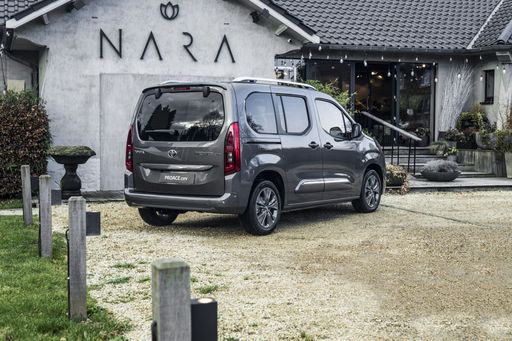 @ Toyota Deutschland
@ Toyota Deutschland
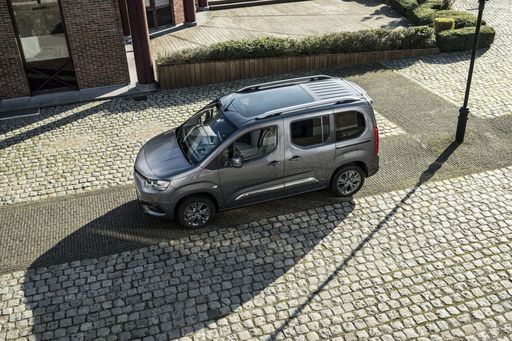 @ Toyota Deutschland
@ Toyota Deutschland
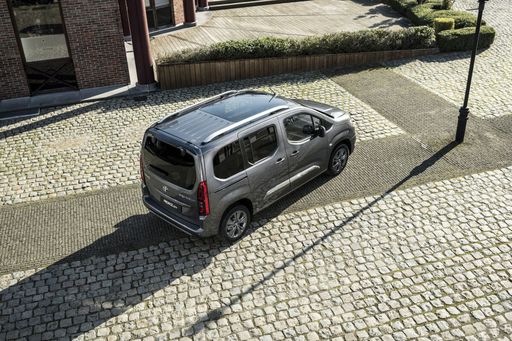 @ Toyota Deutschland
@ Toyota Deutschland
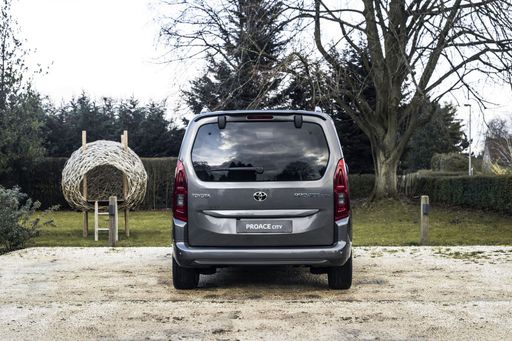 @ Toyota Deutschland
@ Toyota Deutschland
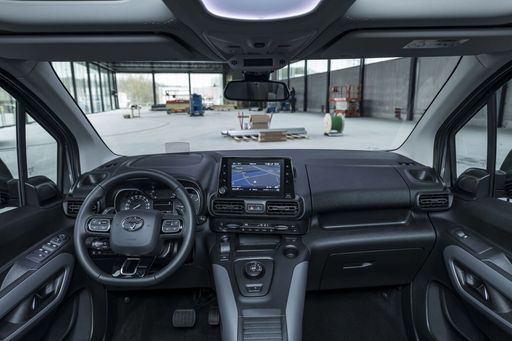 @ Toyota Deutschland
@ Toyota Deutschland

|

|
|
|
|
Costs and Consumption |
|
|---|---|
|
Price
16900 - 26000 £
|
Price
20800 - 44100 £
|
|
Consumption L/100km
4.9 - 5.3 L
|
Consumption L/100km
5.3 - 6.3 L
|
|
Consumption kWh/100km
-
|
Consumption kWh/100km
18.10 kWh
|
|
Electric Range
-
|
Electric Range
343 km
|
|
Battery Capacity
-
|
Battery Capacity
-
|
|
co2
112 - 119 g/km
|
co2
0 - 146 g/km
|
|
Fuel tank capacity
40 L
|
Fuel tank capacity
50 - 61 L
|
Dimensions and Body |
|
|---|---|
|
Body Type
Hatchback
|
Body Type
High Roof Estate
|
|
Seats
5
|
Seats
5 - 7
|
|
Doors
5
|
Doors
4 - 5
|
|
Curb weight
1143 - 1261 kg
|
Curb weight
1366 - 1664 kg
|
|
Trunk capacity
380 L
|
Trunk capacity
322 - 912 L
|
|
Length
4108 - 4125 mm
|
Length
4401 - 4751 mm
|
|
Width
1780 mm
|
Width
1848 mm
|
|
Height
1459 - 1461 mm
|
Height
1812 - 1818 mm
|
|
Max trunk capacity
1190 L
|
Max trunk capacity
2126 - 2693 L
|
|
Payload
414 - 437 kg
|
Payload
525 - 869 kg
|
Engine and Performance |
|
|---|---|
|
Engine Type
Petrol
|
Engine Type
Petrol, Diesel, Electric
|
|
Transmission
Manuel, Automatic
|
Transmission
Manuel, Automatic
|
|
Transmission Detail
Manual Gearbox, Dual-Clutch Automatic
|
Transmission Detail
Manual Gearbox, Reduction Gearbox, Automatic Gearbox
|
|
Drive Type
Front-Wheel Drive
|
Drive Type
Front-Wheel Drive
|
|
Power HP
80 - 150 HP
|
Power HP
102 - 136 HP
|
|
Acceleration 0-100km/h
8 - 15.7 s
|
Acceleration 0-100km/h
11.5 - 13.2 s
|
|
Max Speed
175 - 222 km/h
|
Max Speed
135 - 186 km/h
|
|
Torque
93 - 250 Nm
|
Torque
205 - 300 Nm
|
|
Number of Cylinders
3 - 4
|
Number of Cylinders
3 - 4
|
|
Power kW
59 - 110 kW
|
Power kW
75 - 100 kW
|
|
Engine capacity
999 - 1498 cm3
|
Engine capacity
1199 - 1499 cm3
|
General |
|
|---|---|
|
Model Year
2025
|
Model Year
2024 - 2025
|
|
CO2 Efficiency Class
D, C
|
CO2 Efficiency Class
E, A
|
|
Brand
Skoda
|
Brand
Toyota
|
What drivetrain options does the Skoda Fabia have?
Available configurations include Front-Wheel Drive.
The prices and data displayed are estimates based on German list prices and may vary by country. This information is not legally binding.
